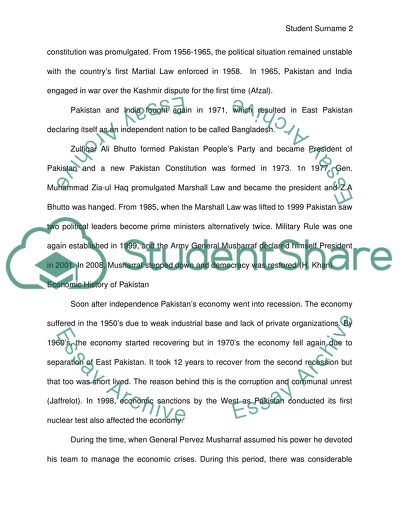Cite this document
(“Analysis of the poor country Essay Example | Topics and Well Written Essays - 1750 words”, n.d.)
Retrieved from https://studentshare.org/macro-microeconomics/1490464-analysis-of-the-poor-country
Retrieved from https://studentshare.org/macro-microeconomics/1490464-analysis-of-the-poor-country
(Analysis of the Poor Country Essay Example | Topics and Well Written Essays - 1750 Words)
https://studentshare.org/macro-microeconomics/1490464-analysis-of-the-poor-country.
https://studentshare.org/macro-microeconomics/1490464-analysis-of-the-poor-country.
“Analysis of the Poor Country Essay Example | Topics and Well Written Essays - 1750 Words”, n.d. https://studentshare.org/macro-microeconomics/1490464-analysis-of-the-poor-country.


